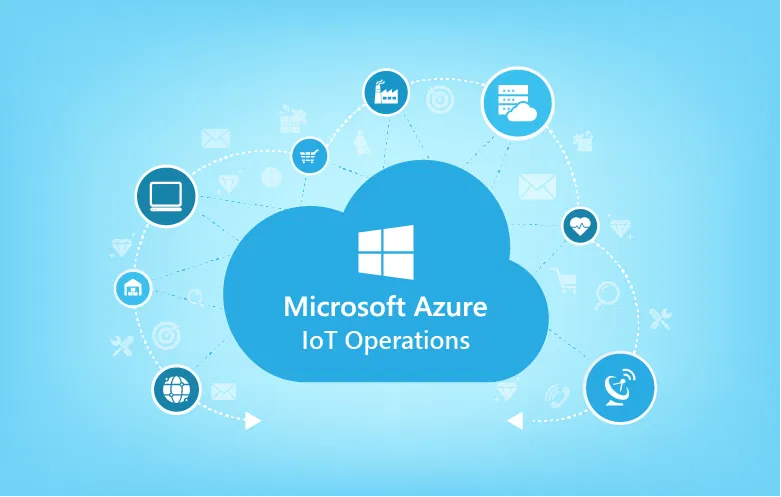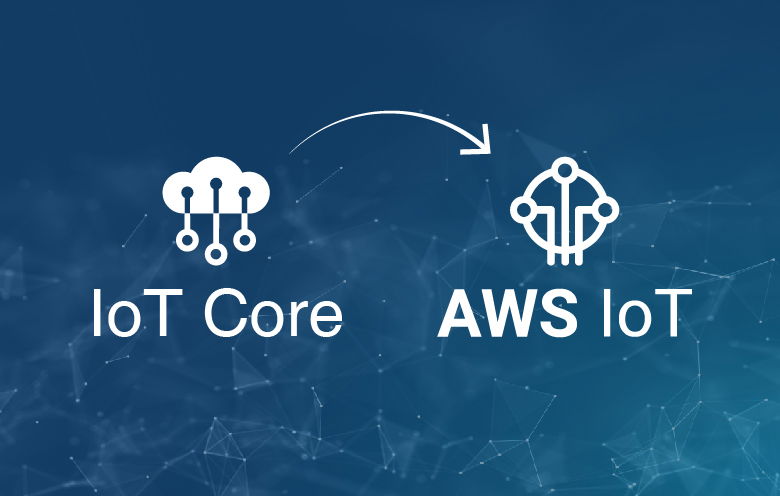If technology is influencing the way we live and work, the greatest influencer among them is undoubtedly the Internet of Things. The Internet of Things is considered as the next revolution after the internet itself. The ability to control devices and communicate with them to perform various tasks on your behalf gives you a productivity boost, right?
Need to control the temperature of your bedroom? The answer is IoT.
Need to monitor your home premises from work? The answer is IoT.
Need to keep track of your cat’s activities? The answer is IoT.
Okay, you get my point. While monitoring activities at your home is certainly cool, but what about using IoT for your business? Does IoT have any significant effect when it comes to its industrial use cases? Of course, it has.
Want to see how your machines are performing?
Want to remotely monitor the efficiency of processes?
Want to eliminate sudden machine breakdowns?
The answer to all of these concerns is again IoT, or rather the Industrial Internet of Things.
According to McKinsey, IoT has the potential to generate up to $3.9 trillion to $11.1 trillion a year in terms of economic value by the end of 2025 if the companies and policymakers get it right.
After knowing that, obviously all the companies want to have a piece of that trillion-dollar pie. Despite all the benefits that IoT brings to the table, not all companies that plan to implement IoT are able to reap its benefits. A study shows that only 26% of IoT projects are completed successfully, the remaining 74% projects are still in process; some of them are delayed while others were an outright failure.
So, how to ensure that you get the IoT implementation right the first time? Here’s how:
Start small but effective
The chances of success are much less likely if you are planning to use IoT to transform your entire plant overnight. Instead, start with smaller steps, focusing on one section or area at a time. Start with a process or a section with most dependency, or the one with frequent downtimes. Have a plan, once you finish one section successfully, you should know what the next steps are. Determine your objective, and then measure what you have achieved after each step. Once you see the results, go ahead according to your plan.
Align IT and OT
Until now, IT and OT had a clear separation, both of them operated independently in their respective areas. This cannot be the case if your business is moving towards Industry 4.0. All the streams of data that are coming from your factory floors will require analysis to gain insights, and this may bring new computing requirements where IT can play an important role. In order to build a structure that aligns the functions of IT and OT, teams should collaborate to create an outline that clearly depicts how IT and OT overlap while the company works on its short-term and long-term goals.
Evaluate security risks
Connecting your plant will open up remote access to your factory data, thus increasing the potential of associated security threats. If this step is ignored, your IoT initiative may come to an end. In such scenario, integration of IT and OT can reduce the security risks and bring real value to your business. After evaluating all the potential risks, start by resolving the most critical ones, you cannot possibly eliminate all of them immediately. A better approach can be relying on a trusted IoT partner to perform a security assessment and help you prioritize and eliminate those threats.
Don’t go overboard
With IoT, you can connect almost any device or object that you are surrounded by. Of course, you can connect your pillow as well as the window blinds in your bedroom, but do you really need to? Don’t go overboard with IoT; it will only increase the data overload problems. Connect the devices that you know would provide insights that are helpful for making business decisions. A better approach to address data overload problems is by adopting edge computing, thus reducing the volume of data that needs to be analyzed by the centralized system.
Team up with experts
Before implementing any technology, you need to understand the ins and outs; same is true for the Internet of Things. Your IT team will play a major role in setting up proper data flow between your factory floors and your business operations. If your business is just getting started with IoT, taking some help from IoT consultants, vendors, and partners is a safer approach. It will increase your chances of getting it right the first time.
Looking at the relentless competition, you will be initiating your Industrial Internet of Things project soon; if not today, then tomorrow. If you are prepared with a plan to face the potential challenges, it will uplift your chances of implementing an IoT project successfully.
The journey to Industry 4.0 can be a little bumpy, but you can rely on our team to take you where you need to reach.



